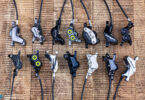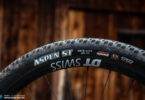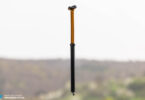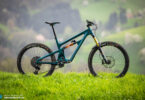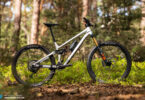A few weeks ago, we published our ‘best enduro bike under € 3500’ group test online. As always, the group test brought up a host of interesting questions, which we tried to answer. However, it’s impossible to answer everything, so we took to Instagram and asked our followers to fire in their queries. Here are our answers!
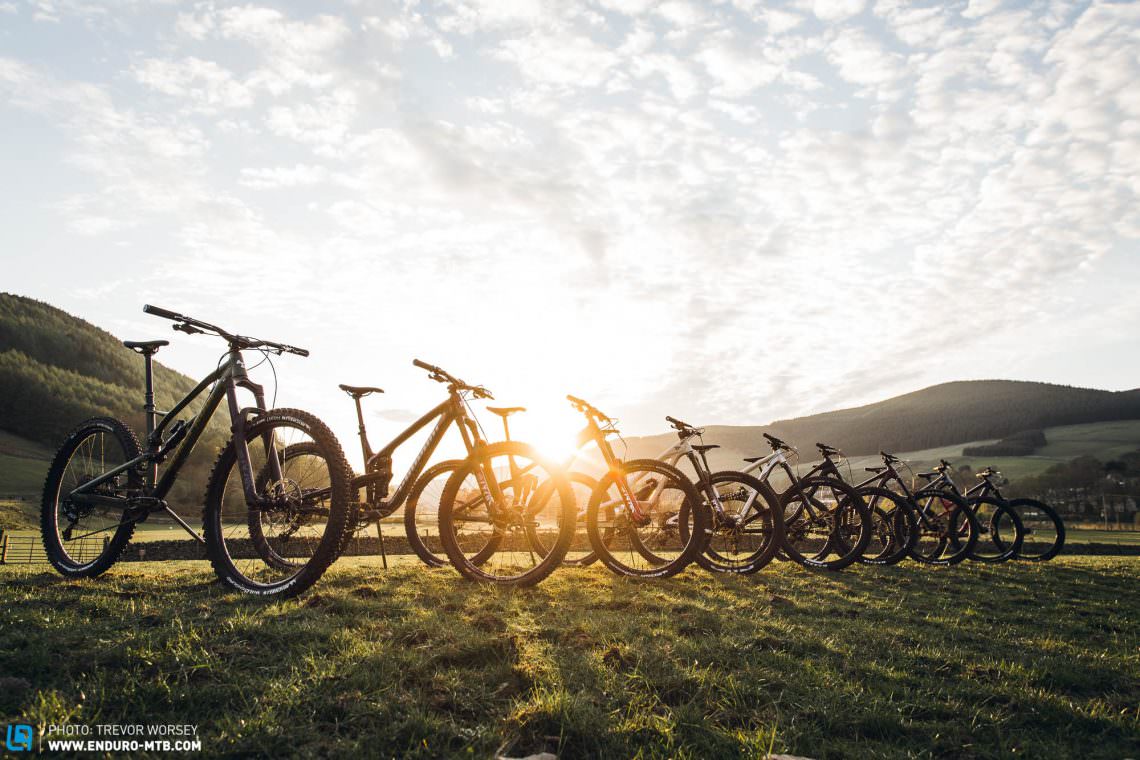
We asked three of our editors to answer your questions. Before we start, let’s introduce Finlay, Trev and Christoph:
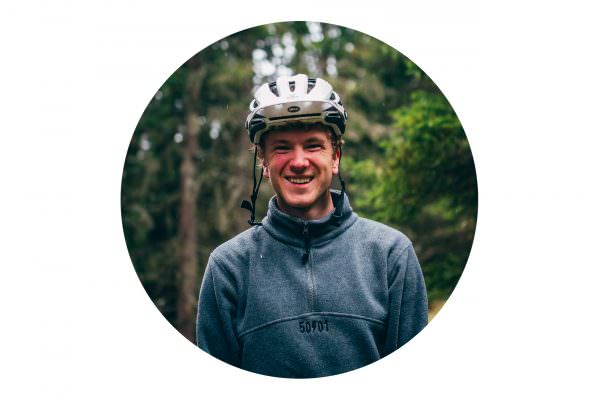
Some would say that Finlay is gifted with the bravery (stupidity, haha) of the young, and as such he is always the fastest into any corner, though not always out. Sideways as much as forwards, Finlay can be relied upon to put the bike’s durability, brakes and tires to the ultimate test. Finlay values playful handling, supportive suspension and an affordable price point.

Trev is on a mission to disprove the myth that you can’t teach an old dog new tricks, determined to keep up with the young guns. Happiest on the steepest trails, Trev looks for balanced handling, well designed suspension kinematics and components that are tough enough to survive the rigours of Scotland.
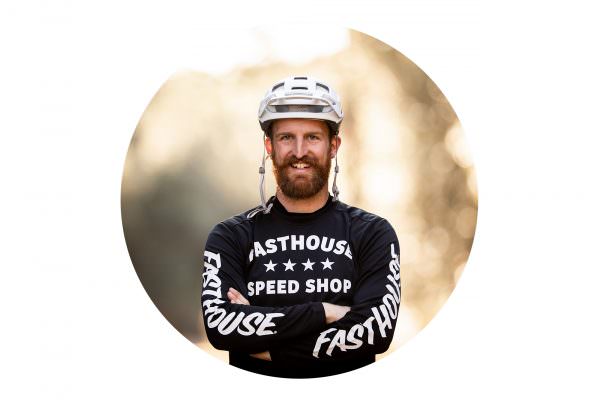
Christoph Bayer needs no introduction. With knowledge gained from riding more bikes than anyone else on the test team, he is a walking bike wikipedia. Christoph lives to ride the best trails and looks for the complete package, engaging handling, wise component choices and a geometry that works for riders of all levels.
And now, let’s dive straight into your queries!
@e_n_0303: Which tests take the longest? Bikes, brakes, tires?
TW: When it comes to bikes, having all the bikes in one test location, and being able to ride them back to back with a large and experienced team allows us to efficiently evaluate their individual strengths and weaknesses. Generally, components take longer as we have to consider performance, obtaining lab data and overall durability. For example, with dropper posts, we have to look at long-term reliability and with brakes we need to assess the rate of pad wear and performance in different weather conditions, often running the testing period out to months.
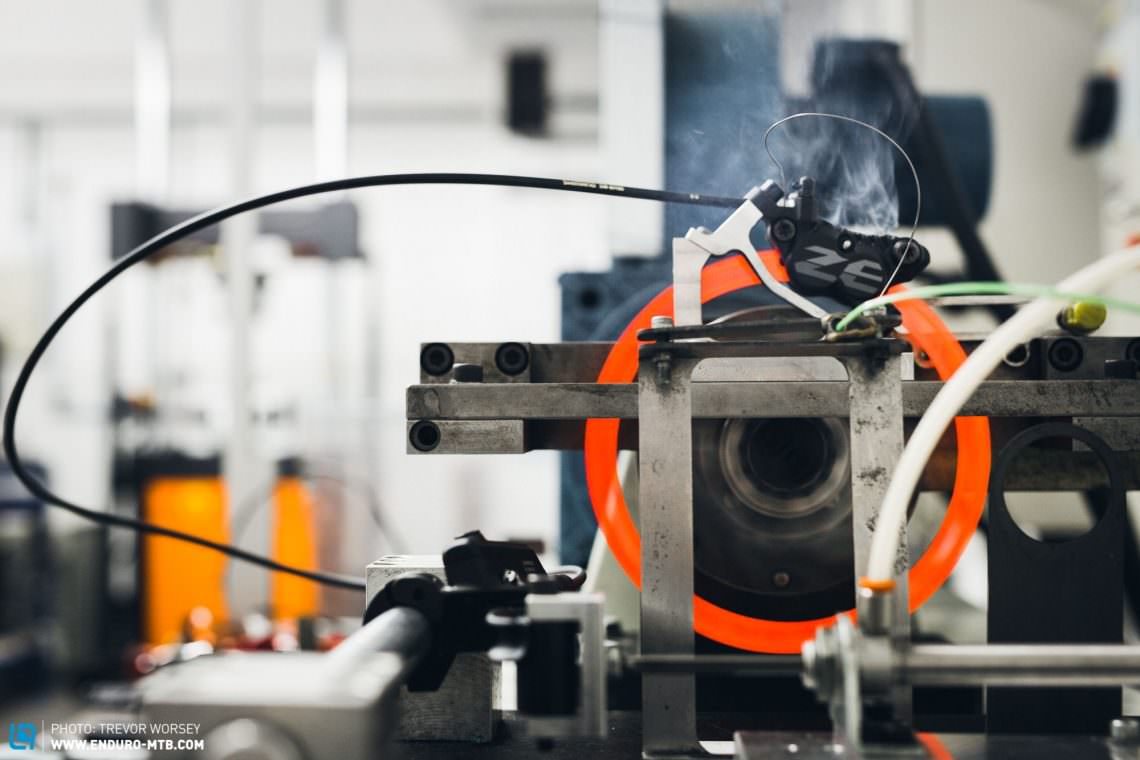
@fdibattista11: what’s the difference between handlebars with rise and without?
CB: Handlebars with rise can give you a more integrated feel in the bike without shortening the reach. But if you go too high, you might lose front-wheel traction on flat tracks. We’ve published a whole article about that topic, you can find it here.
@colinsreed: Ibis Ripmo AF or Propain Tyee AL
TW: Tough choice, both are great bikes. I would personally say that if your focus is more on descending and bike park action, then the Propain Tyee AL would be the better choice. If your riding also features flow trails and long and technical climbs then the DW linked Ripmo AF is very potent on the pedals. Whichever you choose, you would have a lot of fun.
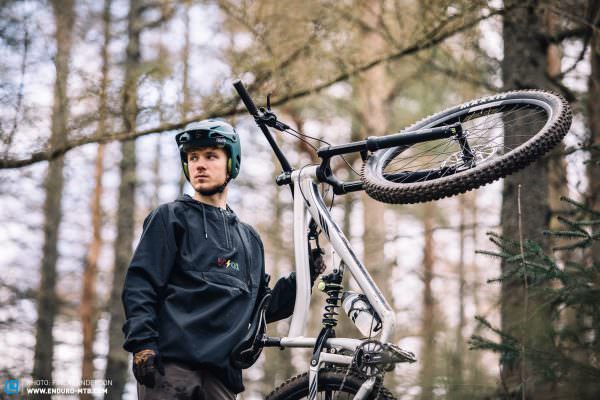
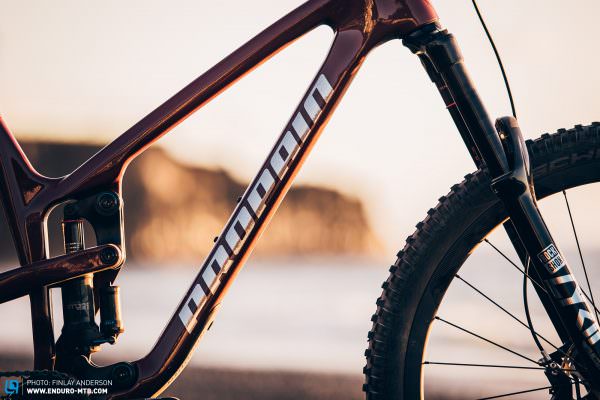
@isaacducuennois: best clipless pedal to start out on?
CB: Shimano SPD pedals, in general, are good to start. They are very defined and you can adjust the spring load. In our big pedal group test, the Crank Brother Mallet took the overall win. Almost our whole team is on that system and really likes it. You can find more info in the group test.
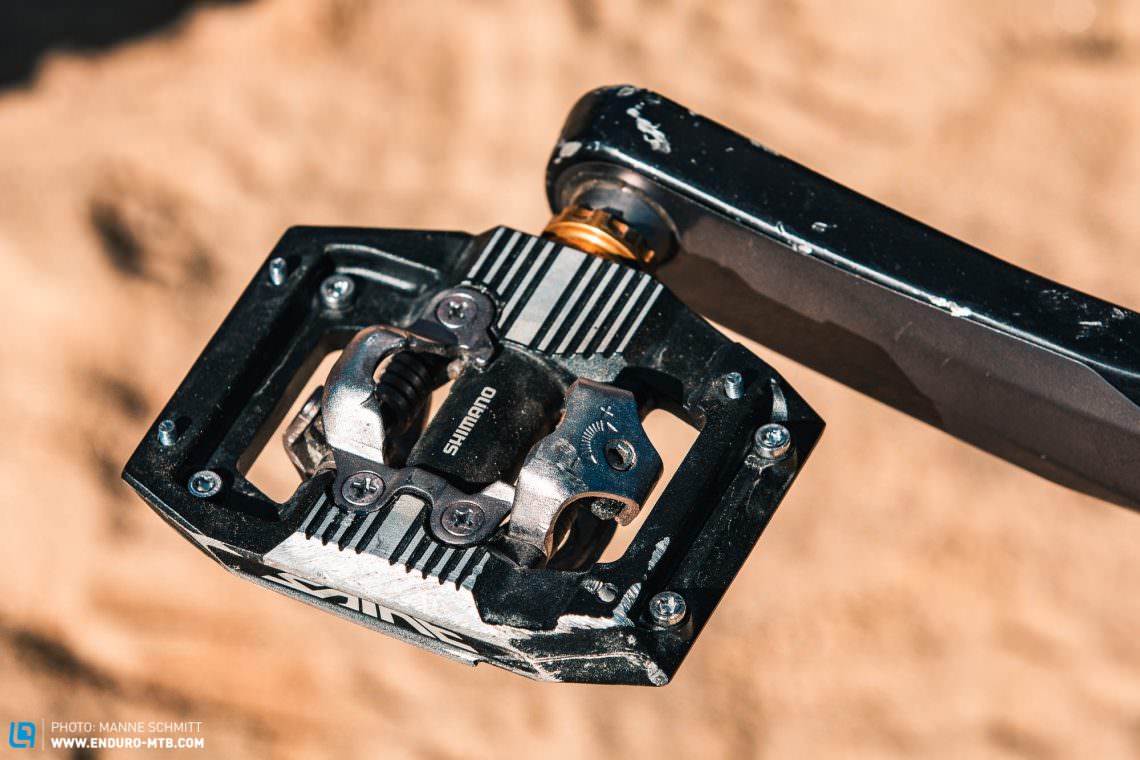
@b_scho: what do you think about Merida and e-bikes?
FA: MERIDA make great bikes! Their ONE-TWENTY 8000 aced our short-travel trail bike group test last year. While the MERIDA ONE-SIXTY 700 didn’t quite manage to repeat that performance in this test, our sister magazine E-MOUNTAINBIKE highly rates the eONE-SIXTY eMTB.
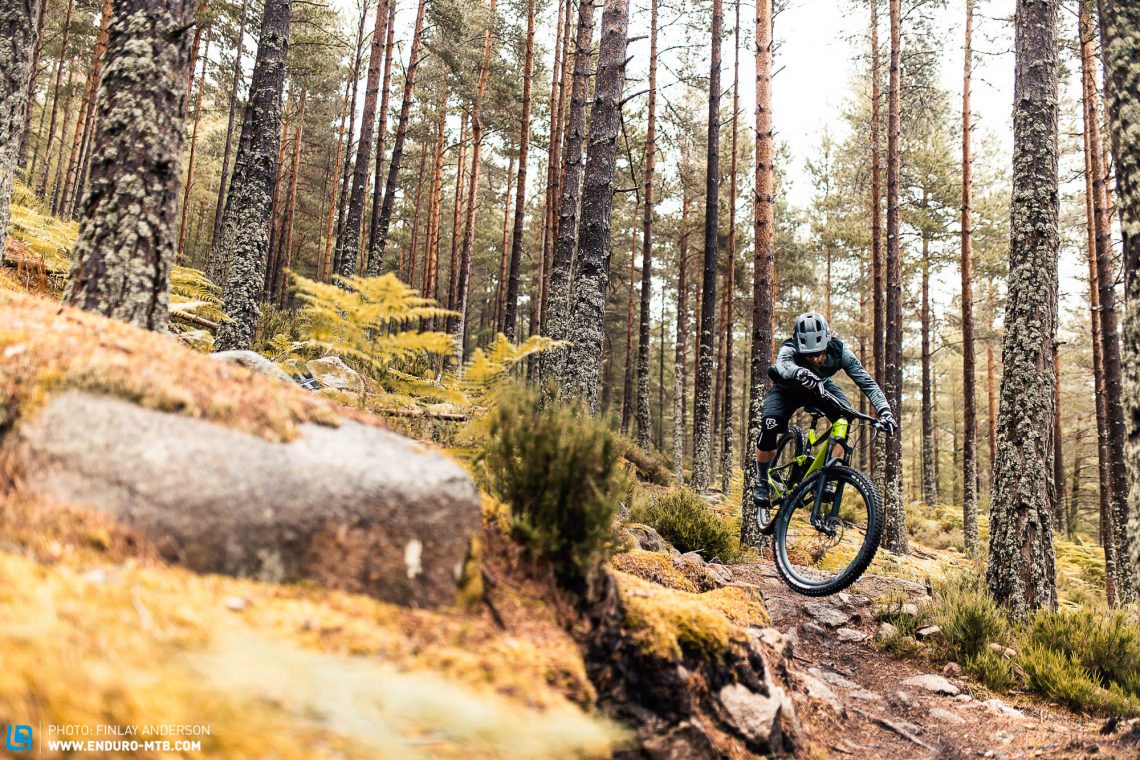
@sebastian_barrat: are 27.5” trail/enduro bikes still a thing?
TW: Very much so. When it comes to racing, the 29” wheel is fast becoming the only choice, and for good reason, most riders find it easier to ride fast using the bigger wheel. However, the latest trend in ‘playful’ riding is causing a resurgence in agile 27.5” bikes, going against the unquestionably fast ‘long, low and slack’ ethos and instead putting the emphasis back on fun.
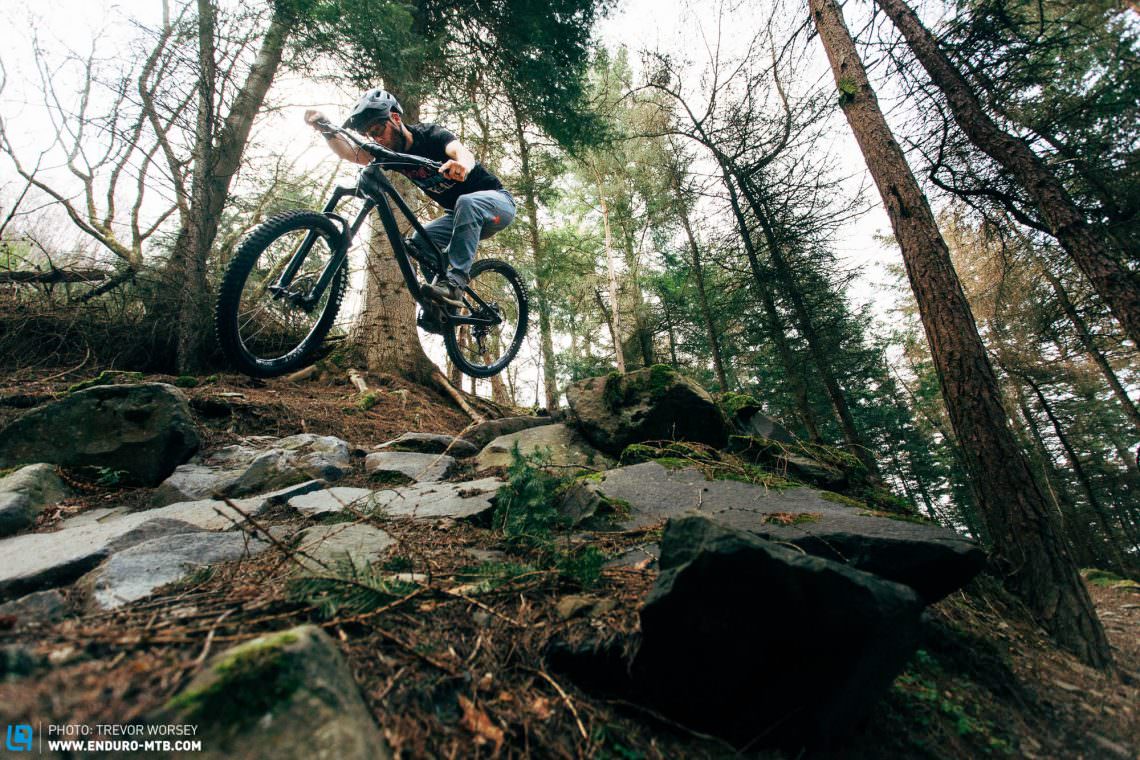
@chrishargasser: 27.5” vs 29” which should I buy?
TW: It’s a tough question with a lot of variables, but we would say that if you’re around 180 cm or above tall and prioritise stability, speed and confidence in rough terrain, then 29” is the best option for most riders. However, if you’re only concerned about playful handling, manuals and jumps, then 27.5’” is the more agile option.
@adeeb.m.a: why did you choose to test Torque and CAPRA over the JEFFSY and Spectral/Strive?
TW: Good question. Canyon were keen to send a Strive, but we already had a review of the current Canyon Strive CF 5.0 and were excited to see how the aluminium Torque AL 6.0 would fare against the competition. The Capra was the obvious choice in an enduro test, big travel and big capability, as competent as it is, the Jeffsy sits better in our trail bike test.
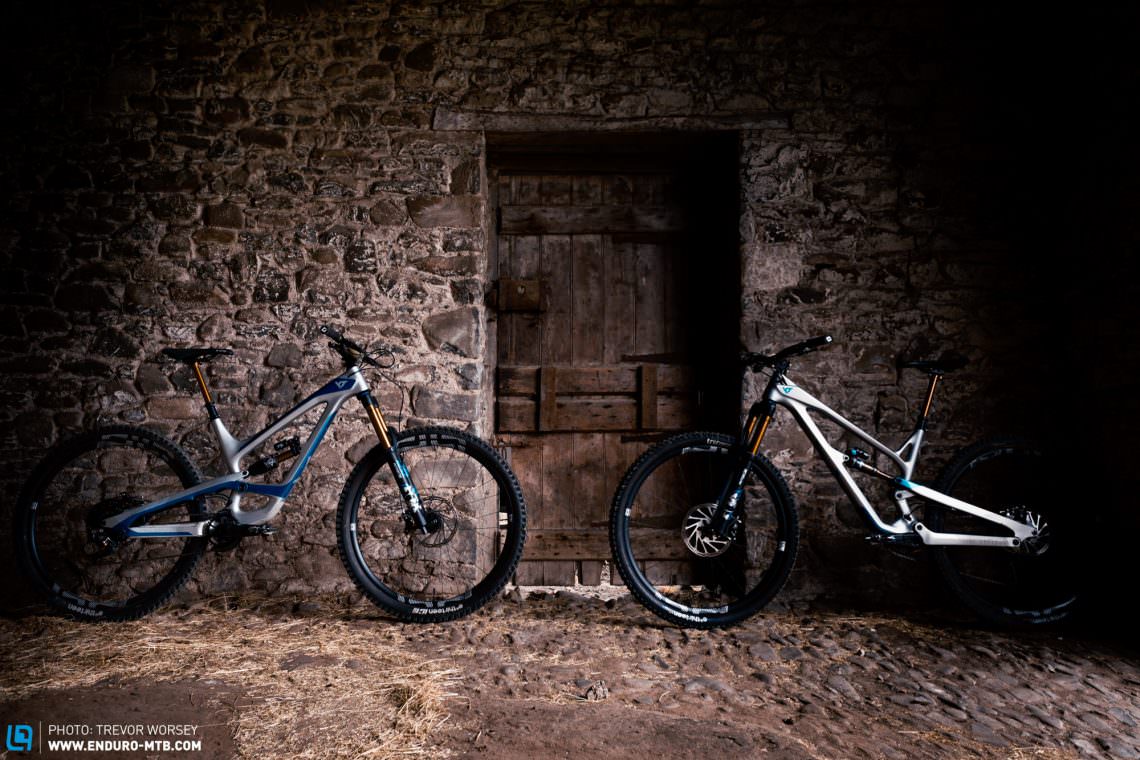
@couch_potatoes: best dropper post on test?
CB: Overall, the RockShox Reverb AXS is the best dropper post at the moment – but it is super expensive. If you are looking for the best value option check out the ONE Up Components V2 post (specced on the Privateer 161 we tested). More details can be found in our dropper post group test.
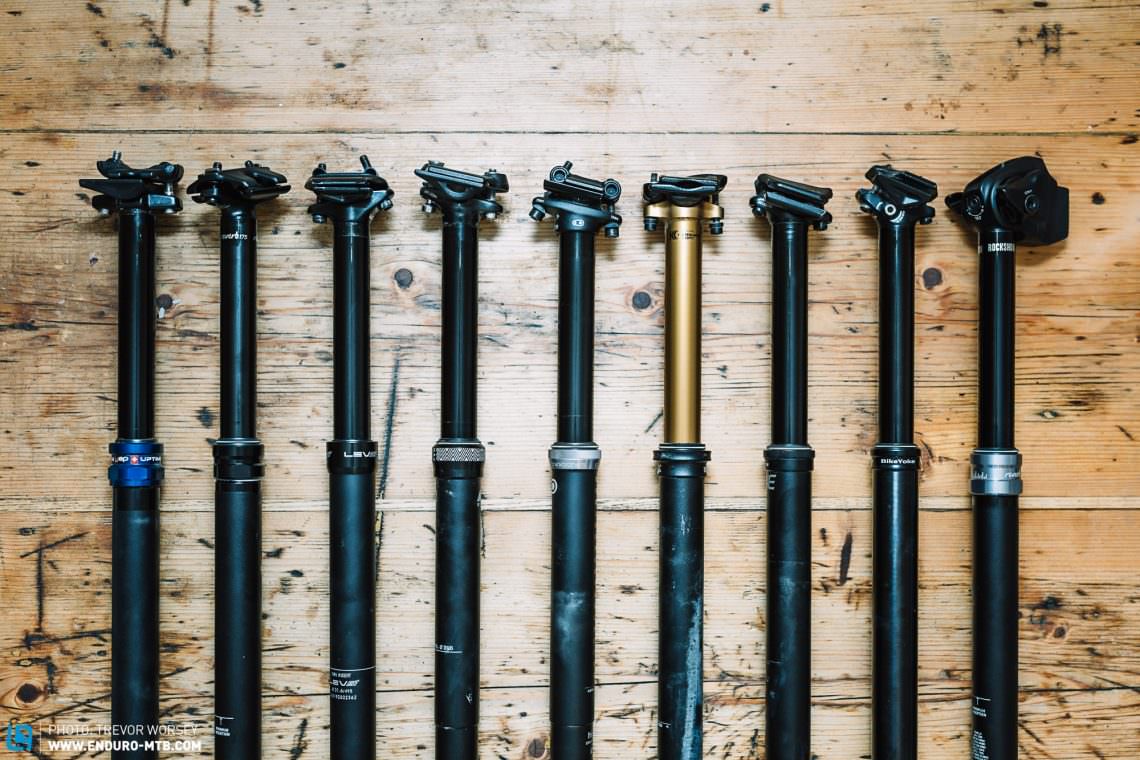
@axelvanlombeek: I’m looking to buy a fun hardtail enduro bike. Should I go 29” or 27.5”?
FA: It’s a tough question with a lot of variables, like your definition of fun. If you’re around 175 cm tall or above, and you find fun in going fast on rough terrain, then 29” is the best option for you. However, if you get stoked on playful handling, manuals and jumps, then 27.5’” is the more agile option.

@giammi_physicist: CAPRA: 27.5” or 29”, and why?
CB: That really depends on your personal preferences, riding style and the trails you ride. If you are under 165 cm tall, the 27,5” version is probably the better option overall. If you are taller we would say this: if you mainly ride bike parks with shuttles uphill, drops and tons of jumps, the 27,5” version is the way to go. If you want an all-round bike for everything from trail rides with your mates, to hitting the park and enduro races, go for the 29er.
@alexandervarjord: Myth or fact: larger rotor increases risk of damage to frame/fork?
TW: It is true that as brake rotor size increases, then the braking torque forces applied to the brake mounts also increases. However, most current gravity bikes now are compatible with 200 mm rotors front and back and we hear of very brake mount failures. The latest 225 mm brake rotors increase the braking torques further, and currently, it’s only the more gravity focussed forks like the FOX 38 and RockShox Lyrik that offer compatibility with the bigger rotor. All enduro bikes should be compatible with 200/200 mm rotors.
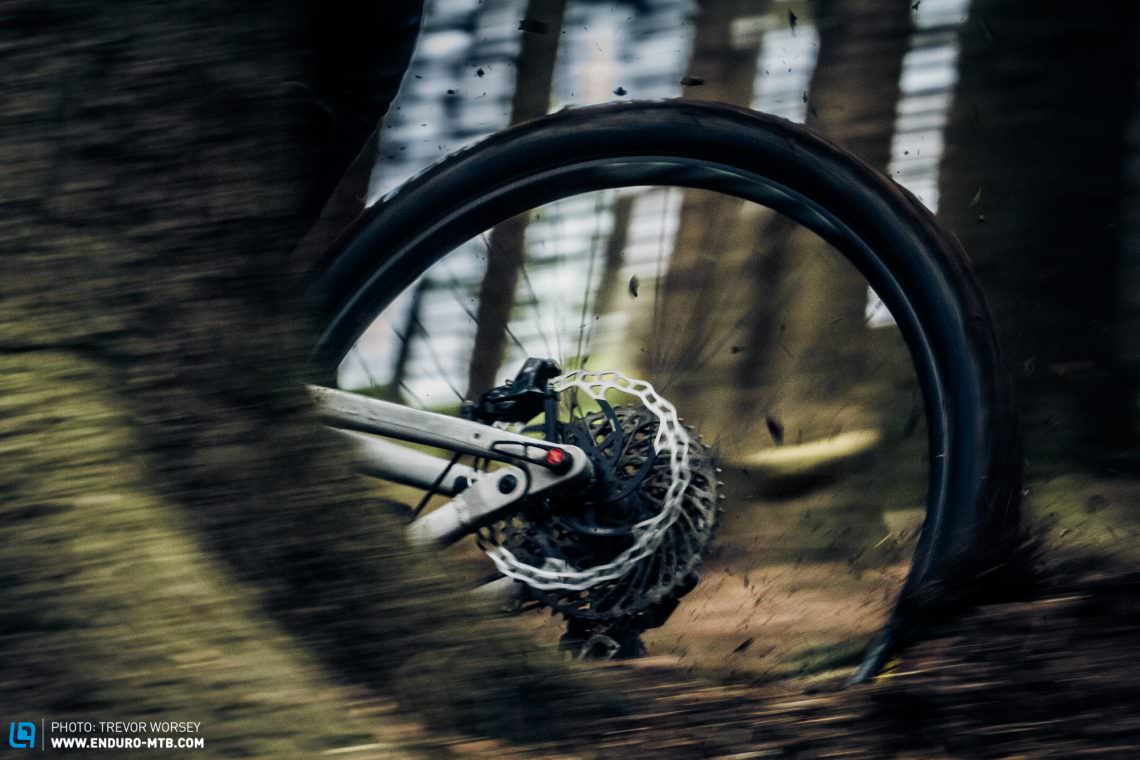
@bentellynn: thoughts on the Lyrik Select vs. Select+? What are the key differences for budget bikes?
TW: The Lyrik is a great fork in all the damper options and both the Select and Select + forks feature low-speed compression adjustment. The main difference between the two is that the Select + forks feature the latest Charger 2.1 damper with improved SKF wiper seals, while the Select fork runs an original Charger damper. We would say that back to back, the Charger 2.1 is a higher performing damper, running higher in its travel on steep trails, preserving the geometry, and offering improved sensitivity in the first third of the travel. However, at the budget end we would not prioritise this marginal performance upgrade if it came at the expense of better brakes or tires.
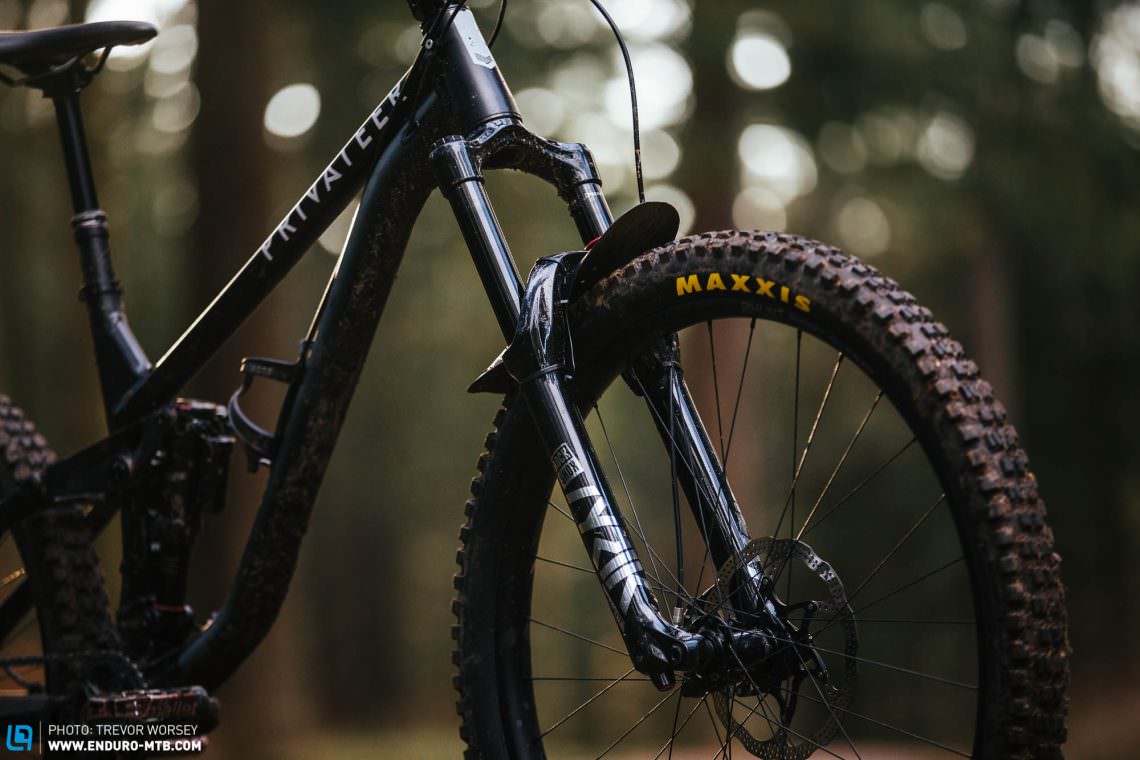
@nicocarrera.13: which is most important for each of you: geometry, suspension kinematics or wheel size?
CB: You can’t judge a bike by a single number. In the end, it’s the whole package that makes a good bike. Geometry for example highly depends on the suspension as its a dynamic value that changes depending on the kinematics behaviour. In our tests, we work hard to show the whole picture and communicate what a bike is good at, and what it isn’t.
@04_david_23: is the Propain Tyee a bike for big days in the saddle (40 km plus) or for bike park action with big drops and jumps?
CB: It’s really a great allrounder and that’s why it won our best buy award. You can pedal uphill easily and have fun on all kinds of trail going down. It’s capable enough for a day in the bike park but also a lot of fun on easy trails.
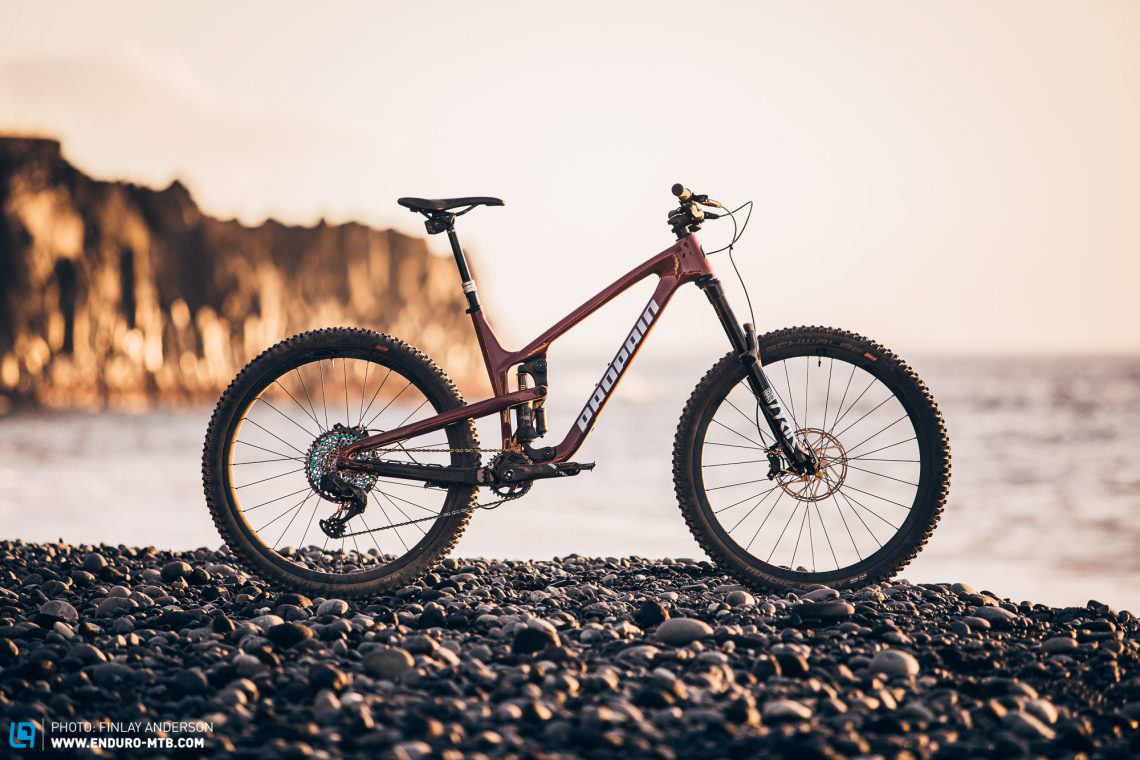
@jfouref: have you done a comparison between mullet and full 29” to see which is faster?
TW: Great timing, you can read about our mullet experiments in the next issue. Your question on speed is hard to answer as it really depends upon the terrain. Assuming some massive generalisations we would say that the increased efficiency and rollover ability of a full 29er is faster on open tracks for most riders, a great wheel size for racers looking to shave seconds. A mullet bike, however, is very fast through steep, tight turns where the smaller wheel and increased room between the rider and the wheel make the most of your legs suspension and space in the turn. On a tight, twisty track, we would bet there wouldn’t be much between them on the stopwatch.
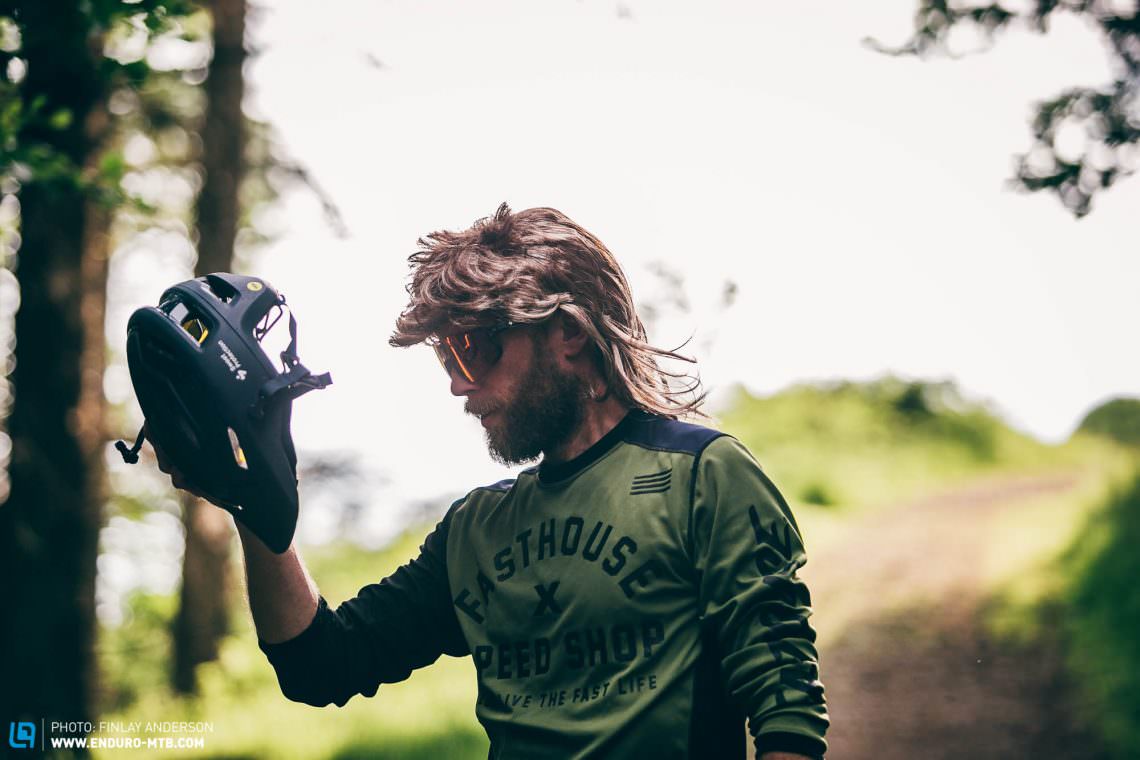
@lubbasenduro: is a RAAW Madonna V2 playful? And is it good in steep sections?
CB: That depends on how you define playful. Compared to a Santa Cruz 5010 it’s super sluggish but if you have the right terrain and the right speed, the RAAW is a hell of a lot of fun. Steep sections are where the bike really shines!
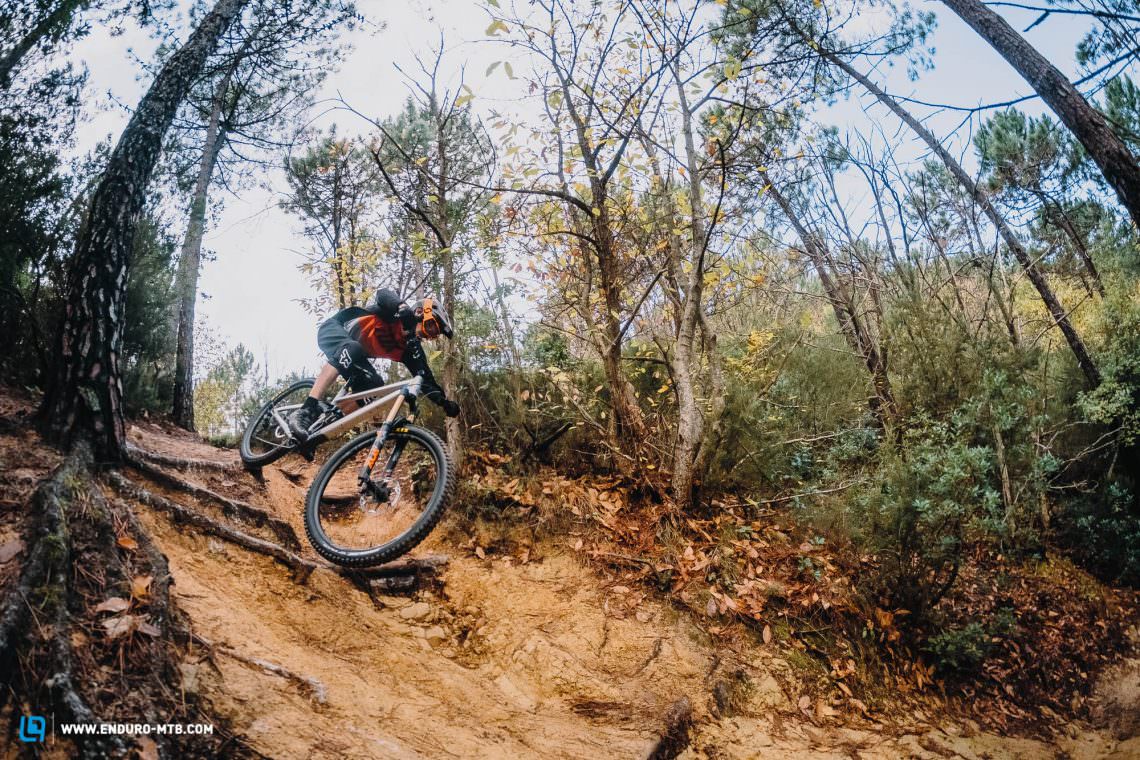
@captain_jahu: What are the sweet spots in geometry? For example, head/ seat angle, chainstays, reach etc?
FA: You can’t judge a bike by a single number. In the end, it’s the whole package that makes a bike. For example, when we released our first ride review of the new Canyon Strive, there was an uproar in the comments about its ‘steep’ 66° head angle. Sure, on paper the 66° number may look a little conservative, but when you ride the bike you realise it comes down to the whole package.
@sg_1088: what can a 10,000 € Specialized Enduro do that a 3000 € Nukeprood can’t?
TW: What an explosive question. Downhill, we would say very little. Both bikes are very impressive descenders and we would say given the same rider, there would be very little in it if you put them against the clock. Uphill however the 14.6 kg Specialized Enduro S-Works is almost a kg lighter than the Nukeproof and thus will generally be more versatile on less gnarly terrain. The Specialized also features cutting edge technology like the ASX reverb, an XTR drivetrain, a sexier frame and neat innovation like the SWAT box. Ultimately, the Enduro will appeal to those who want the latest and greatest technology. Also, a €10,000 Specialized Enduro is far more likely to cause a divorce if your partner finds the receipt.
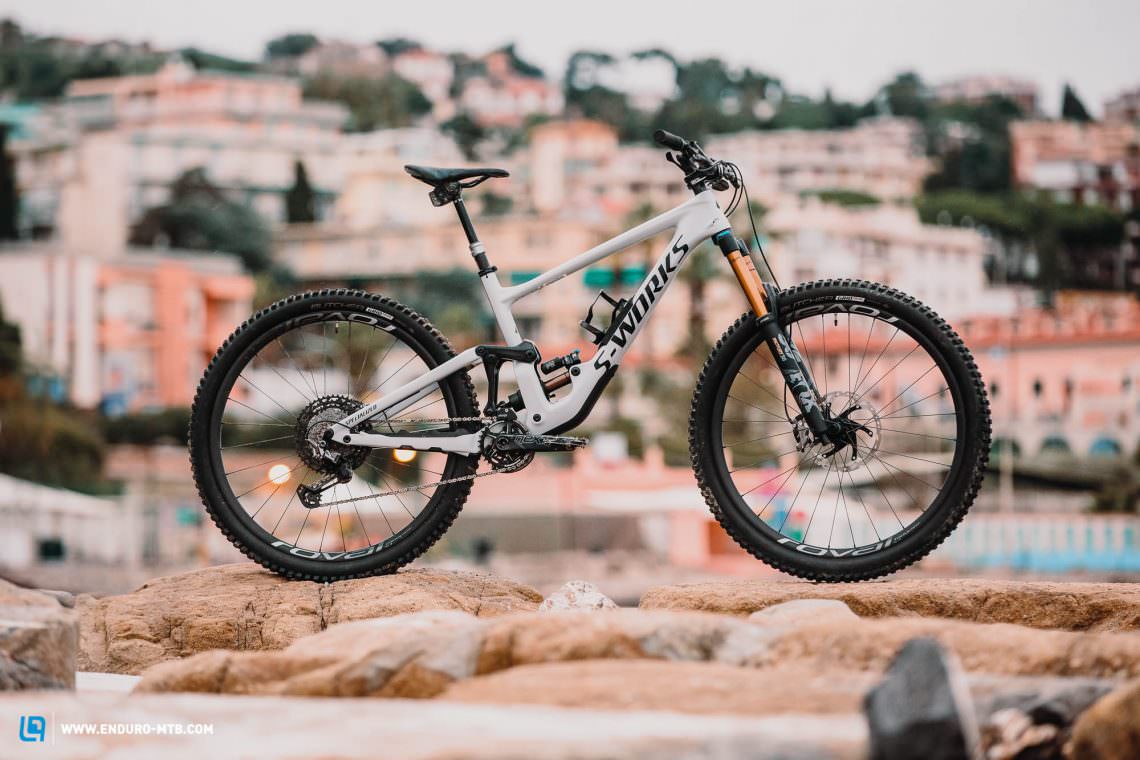
@byron_green: what’s your opinion in the base model Mega? Is it worth the extra money for the Expert?
TW: The Nukeproof Mega is a great platform offering great value. However, the base model Mega does have some holes in the specification. The SRAM Guide T brakes are not powerful enough for a hard-charging enduro bike and would need to be upgraded, and the RockShox Yari fork with the Motion Control damper is no match for the Lyrik with the Charger RC found on the Expert model. Looking at the specifications, it’s clear that every extra euro results in a better component choice on the Expert model and if you have the funds, we would consider that the Expert is the most cost-effective solution to avoid costly upgrades in the future…
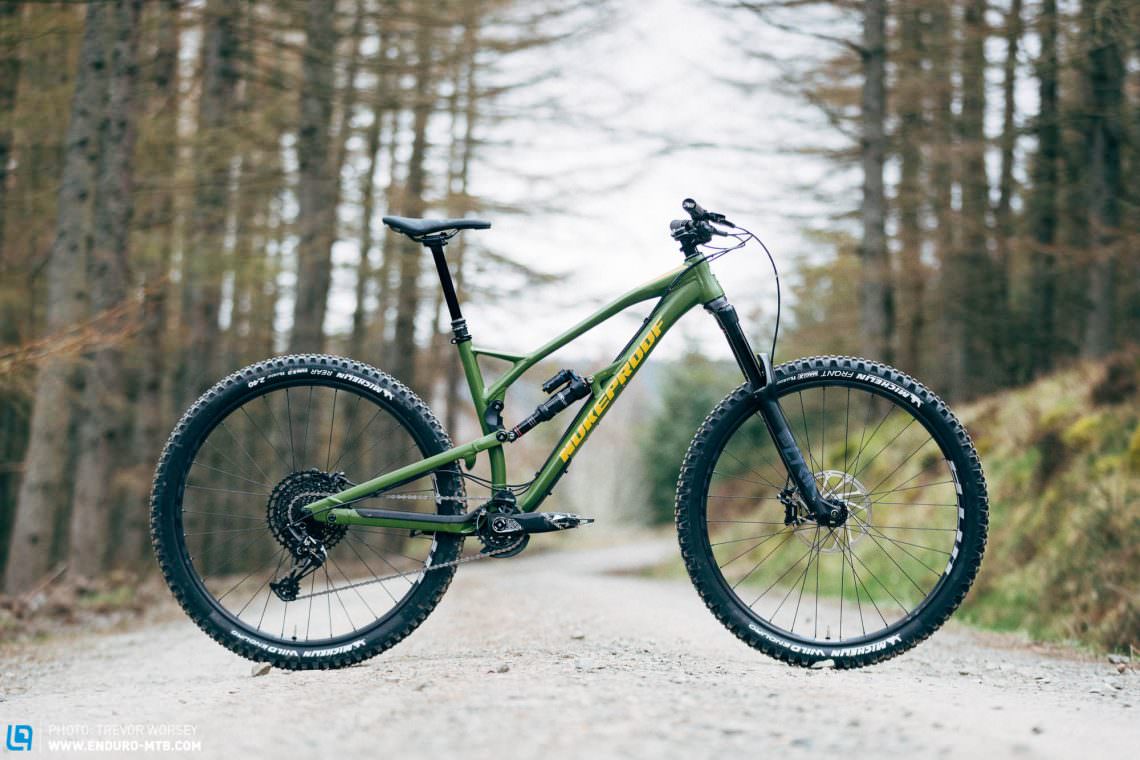
@exquisite_hulk: Is the new Tyee more like an all-mountain bike or an EWS weapon?
TW: The Tyee is impressive in that it manages to be both. We would be totally happy lining up on an EWS start line onboard a Tyee, as much as we would be riding up an Alp with our buddies, or ripping around a UK trail centre. The Propain Tyee hits the sweet spot between performance and versatility.
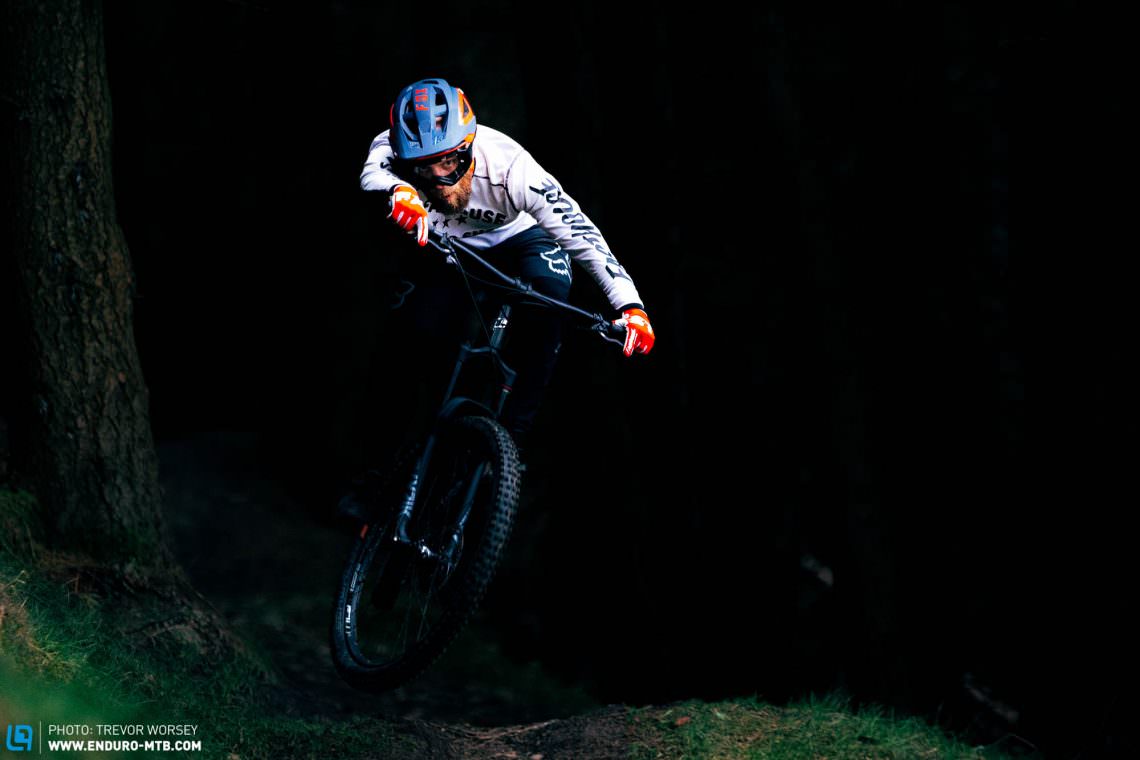
@joelisonabikelol: when is a review for the new Commencal Meta coming out?
FA: As soon as we get our hands on one for testing!
@giammi_physicist: since you have already tried the Canyon Strive many times, how would it compare in this test?
TW: We reviewed the Canyon Strive CF 5.0 back in July, 2019. Despite having poor brakes and a basic fork it still took our Best In Test award showing just how good the Strive platform is. In this test, the 150 mm Strive would be giving away 20 mm of travel against the big hitters, but we think it would still rank very highly against the competition on rough trails. With more all-round versatility than the Nukeproof Mega, it would compare favourably with the Propain Tyee CF.

@etienn.fms: I have a question about the Propain. In the test, you said it’s better with a coil shock. Why?
TW: The Propain Tyee has a very progressive leverage curve (falling from 3.3 to 2.4 through the stroke), and balanced anti-squat just over 100% throughout the travel range. This makes the Tyee an ideal candidate for a coil shock. After testing both, we found the coil shocked bike benefits from improved small bump compliance and grip – the coil shock has fewer seals and thus less friction – while retaining lots of mid-stroke support provided by the progressive leverage from the rear suspension design. With the air shock, we found the progressive air shock and progressive leverage curve made the bike harsher. The Tyee is great in both configurations, but the coil shock wins for us.
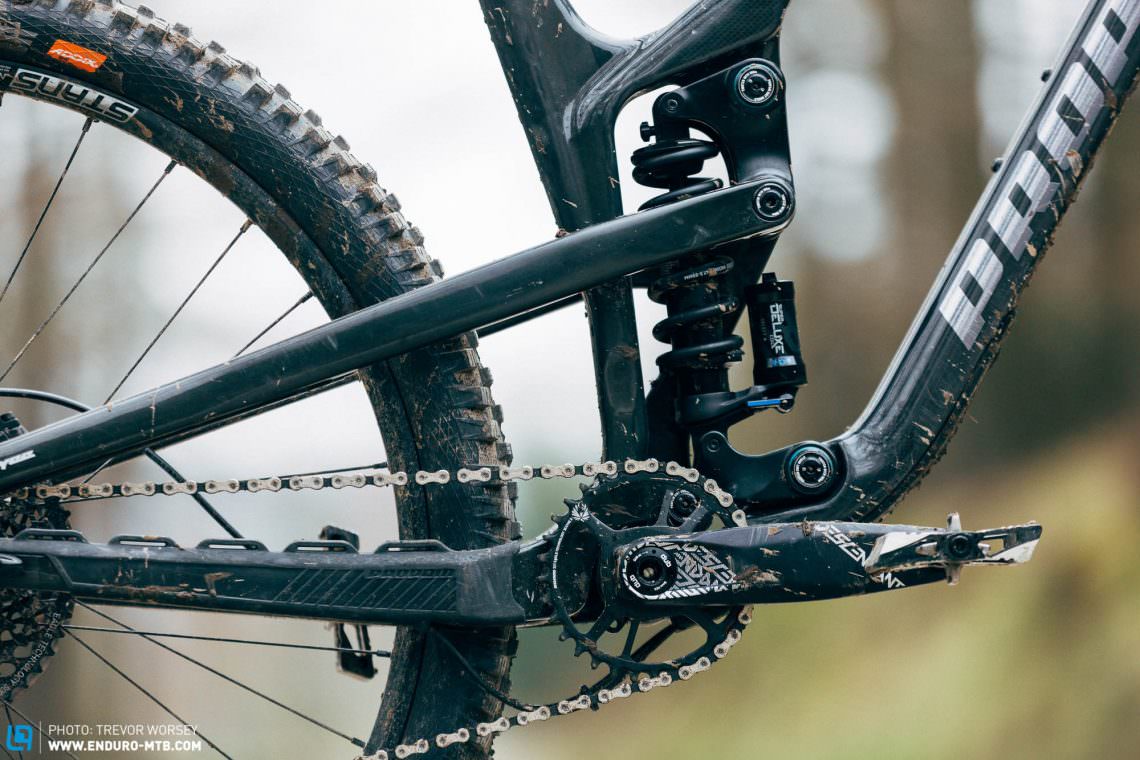
@anto_gargani: should we prefer a Propain Tyee with carbon frame, or with an alloy frame but better spec?
CB: That really depends on your own budget. If you can spend €3,500 than we would go for the carbon bike as we tested it. If you have less budget or want to spend more money on travelling, the alloy version is a good alternative. You will lose some of the sex appeal and the frame is around 1 kg heavier, but the fun going downhill will be very similar. If you want to upgrade the bike later, you can still invest in lighter wheels and grippier tires. It’s always important to keep safe some money for spares. If you ride hard you will need to invest in brake pads and tires during the season for sure.
@timobordeaux: Why don’t you always group bikes by their price range in your tests?
CB: Every year, we run both an enduro and trail bike group test in which we set a certain price limit. In our high-end tests, however, we look for the best bike possible and do not want to exclude anyone due to a price limit. Often the character of a bike with cheap spec hardly changes compared to the top model, so many findings from our high-end tests can also be transferred to cheaper alternatives.
@sveneger: When are the winners of the Readers’ Survey announced
CB: The competition ends at the end of July. Winners will be notified in August, and we will publicly announce them soon after.
Thank you to everyone who got in touch, we hope we were able to answer your questions! Let’s do this again soon! In the meantime, make sure to check out our Instagram page!
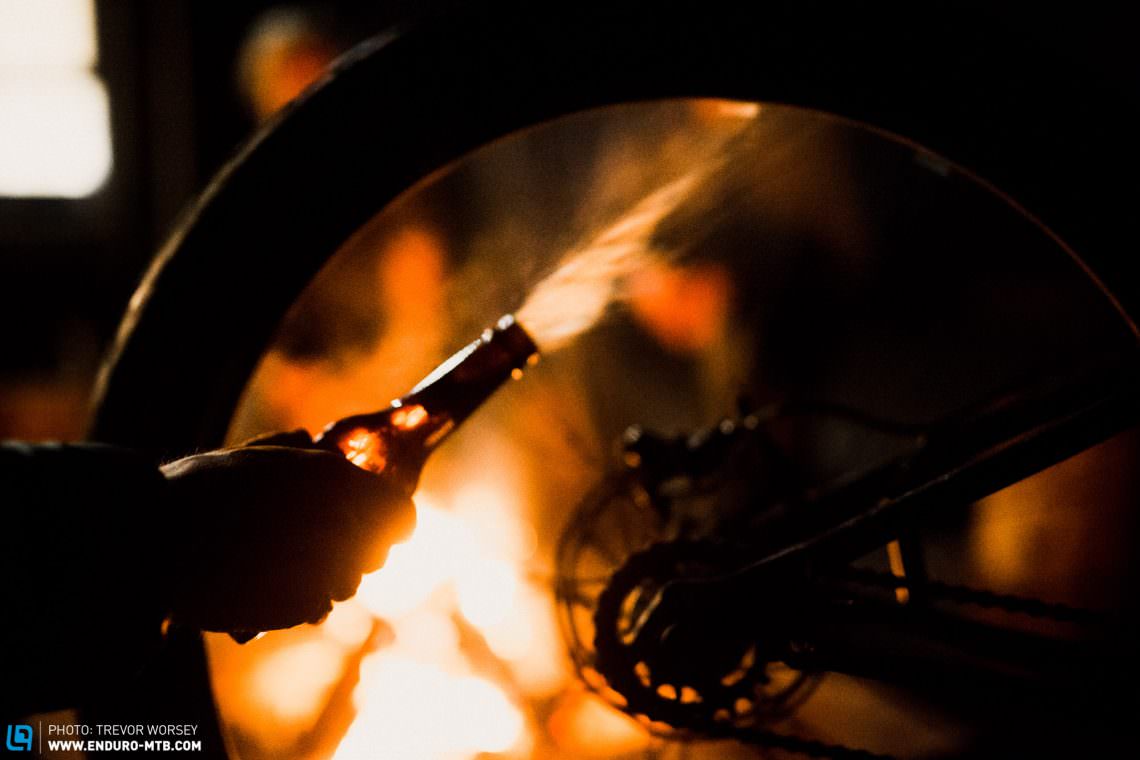
Did you enjoy this article? If so, we would be stoked if you decide to support us with a monthly contribution. By becoming a supporter of ENDURO, you will help secure a sustainable future for high-quality mountain bike journalism. Click here to learn more.
Words: Photos: ENDURO Team




